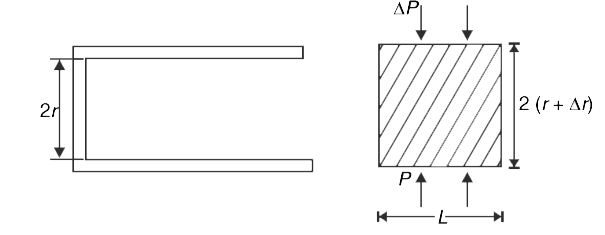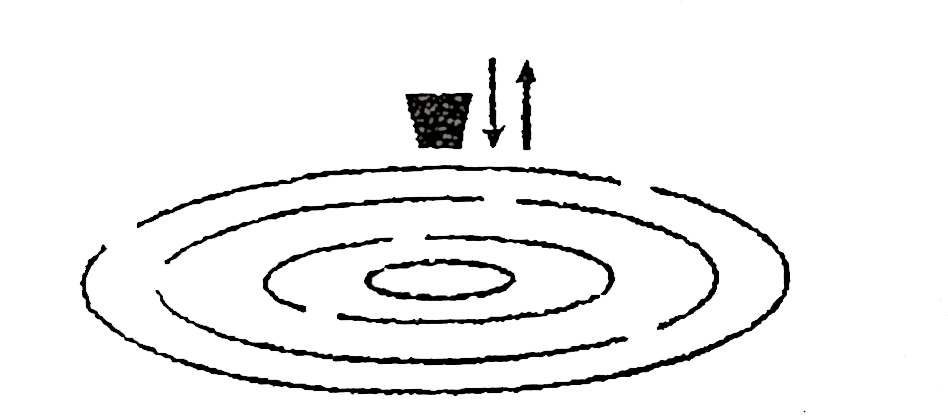At places, the cork contains aerating pores called -
Stomata
Lenticels
Hydathode
Pneumatophore
The correct Answer is:B
To answer the question "At places, the cork contains aerating pores called -", we need to analyze the options provided and understand the terminology related to plant anatomy.
1. Understanding Cork: Cork is a protective tissue found in plants, particularly in the bark of trees. It serves as a barrier to protect the plant from physical damage and water loss.
2. Identifying Aerating Pores: The question specifically asks for the aerating pores found in cork. These pores allow for gas exchange, which is crucial for the plant's respiration.
3. Analyzing the Options:
- Stomata: These are pores found primarily on the leaves, not in the cork. They are involved in gas exchange and transpiration.
- Lentices: These are small openings found in the cork layer of stems. They facilitate gas exchange and are indeed the aerating pores we are looking for.
- Hydathodes: These are structures found at the edges of leaves, involved in the process of guttation, not in the cork.
- Pneumatophores: These are specialized roots found in certain plants (like mangroves) that help with respiration in waterlogged conditions, but they are not found in cork.
4. Conclusion: Based on the analysis, the correct answer is Lentices. They are the aerating pores present in the cork.
Final Answer:
At places, the cork contains aerating pores called Lentices.
---
- Stomata: These are pores found primarily on the leaves, not in the cork. They are involved in gas exchange and transpiration.
- Lentices: These are small openings found in the cork layer of stems. They facilitate gas exchange and are indeed the aerating pores we are looking for.
- Hydathodes: These are structures found at the edges of leaves, involved in the process of guttation, not in the cork.
- Pneumatophores: These are specialized roots found in certain plants (like mangroves) that help with respiration in waterlogged conditions, but they are not found in cork.
At places, the cork contains aerating pores called Lentices.
Similar Questions
The organs A of a tree have a large number of tiny pores called B on their surface. Each pores is surrounded by a pair of cells called C. the opening and closing of pores in A is controlled by C. the gas D present in air enters the organs A through pores B and utilised in food making process E. the gas F produced during process E goes out through te same pores B. what are A, B, C, D, E, and F?
View SolutionA rigid cylindrical container has inner radius r. A cork having radius r+Δr and length L is to be fitted so as to close the container. Uniform pressure (ΔP) is needed on the curved cylindrical surface of the cork. Poisson’s ratio of a cork is almost zero, and its bulk modulus is B.

(a) Calculate ΔP
(b) After the cork is fitted how much force will be needed to pull it out of the container? Coefficient of friction between the container and the cork is μ.
View Solution
Knowledge Check
Cork is a derivative of
ACork cambium (phellogen ) or extra fascicular cambiumBVascular cambiumCFascicular cambiumDInterfascicular cambiumCork cambium is a
ASecondary meristemBApical meristemCIntercalary meristemDPrimary meristemCork cambium is a
ASecondary meristemBApical meristemCIntercalary meristemDPrimary mersitem
In problem 43 , if the piece of ice contains a piece of cork . Will water spill out ?
View SolutionA magnetic needle placed on a piece of cork is floating on the calm surface of a lake in the northern hemisphere. Would the magnetic needle alongwith the cork move towards north?
View SolutionFill in the blanks:
..................... from the air is taken in through the tiny pores called stomata present on the surface of leaves.
View SolutionCapillary pores are
View SolutionA place of cork is floating on water in a small tank. The cork oscillates up and down vertically when small ripples pass over the surface of water. The velocity of the ripples being 0.21ms−1, wave length 15mm, and amplitude 5mm, the maximum velocity of the piece of cork is (π=227)

View Solution
